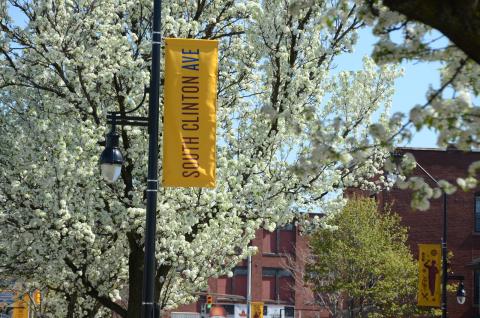Historic Preservation - Rochester's Parkland Inventory
Rochester's Historic Parkland Inventory
In 2009 a survey was conducted to catalog and define the character-defining components of parklands within the Rochester park system that are more than 50 years old or that otherwise have historic significance. Surveyors examined 61 sites, each of which was investigated through drawings, documents, maps, records, photos and site visits. Of these sites, 12 were determined to have heightened significance and were studied extensively to better understand and document their character.
The survey resulted in a report called Rochester’s Historic Parkland Inventory, which includes many of the plans, maps, and photographs gathered during the survey. The report also includes a narrative history of the city’s open space and parks over the two centuries leading up to the year 2000. The narrative highlights Rochester’s importance as a center of the horticultural industry in the 18th and 19th centuries and the industry’s influence over much of the northern portion of the country. Plants and seeds grown and developed in large nurseries in Rochester were shipped out on the Erie Canal and the railways, and their high quality attracted landscape designers such as Frederick Law Olmsted, who designed three large parks and two boulevards in the city.
Along with its large parks such as Durand-Eastman, Genesee Valley and Seneca, Rochester is replete with numerous small parks and squares. With an eye on retaining and restoring the historic and horticultural character of these spaces, the City commissioned a study of them in 1994, resulting in the report Small Parks and Squares: Park’s History, Preservation Approach, Master Plan and Management Guidelines.
Reports
Rochester Historic Parks Survey






